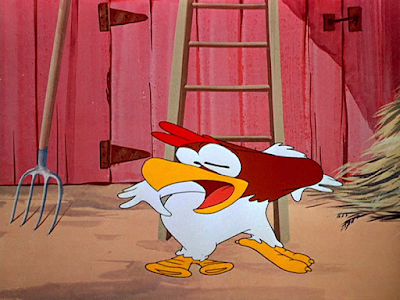Attitudes change with the times and conditions. In the Depression-era cartoon
When My Ship Comes In, Betty Boop gives away her $1,000,000 windfall. What do people want to do with their new-found wealth? Today, people want to retire and do nothing. Not in the Depression. People wanted to work. And that’s what benefittors of Betty’s benefaction wanted to do. They get blue-collar jobs in factories brought back to life from the dead economy.


Railroads, the symbol of prosperity. Goods are being shipped to markets across the country.

Building cities. The symbol of progress.






That was in 1934. People wanted, needed something positive. This cartoon is all positive. Everyone in it is positive.
In 1934, having a job warded off psychological depression. Today, there would be complaining about dead-end factory jobs and overpaid, incompetent management. In 1934, growing cities meant life was improving. Today, growing cities bring about gripes about gentrification and the destruction of nature. Today, people are negative. No wonder many want to turn back the clock to a different time, even if it’s a time when people had very, very little.


















































